Life’s a beach: exploring Robert Rauschenberg’s Floridian island home
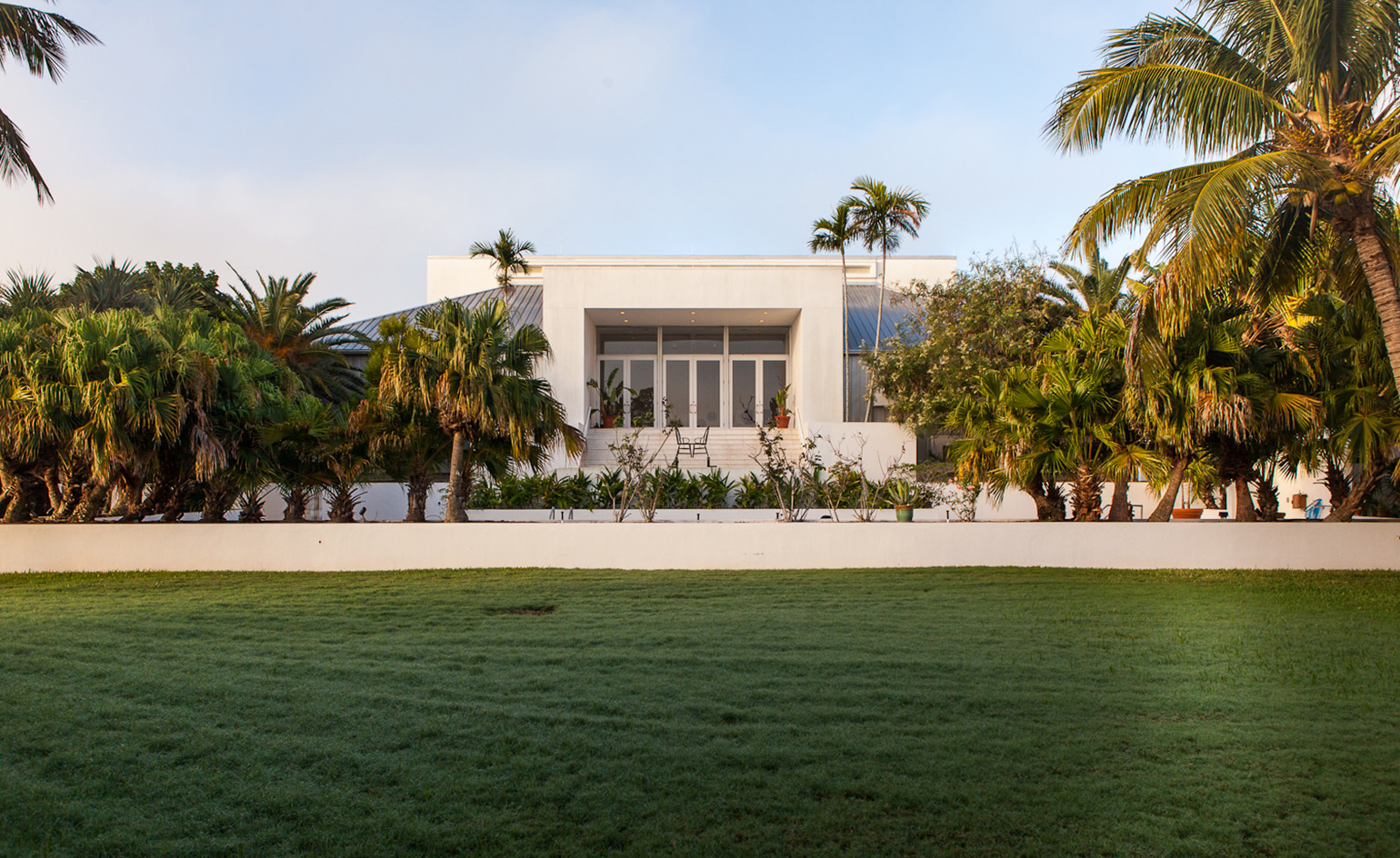
‘Every time I’ve moved, my work has changed radically,’ said the artist Robert Rauschenberg, who, after growing tired of living in New York in the 1960s, decided to buy a property in Captiva, Florida. It is easy to see why Rauschenberg – whose posthumous retrospective runs at the Tate Modern until 2 April, before going to MoMA in New York and the de Young in San Francisco – fell in love with Captiva, a tranquil island off of Florida’s west coast, lined with beaches along the Gulf of Mexico, and lousy with flora and fauna. Rauschenberg purchased his first property there, a beachfront house, in 1968. It wasn’t until two years later that he moved there full-time, setting up a permanent residence and a studio. He stayed in Captiva until his death in 2008.
Take a 360 degree tour of Robert Rauschenberg's home and studio on Captiva island
Staunchly averse to the urban sprawl that began on the island when developers wanted to build vacation resorts, Rauschenberg, who fished daily, would eventually purchase the properties of several of his neighbours. ‘He said, “Name your price, you can use it until the day you die, I won’t develop your property",’ said Matt Hall, a long-time employee of Rauschenberg. The artist would go on to acquire around a dozen or so properties across 20 acres of land.
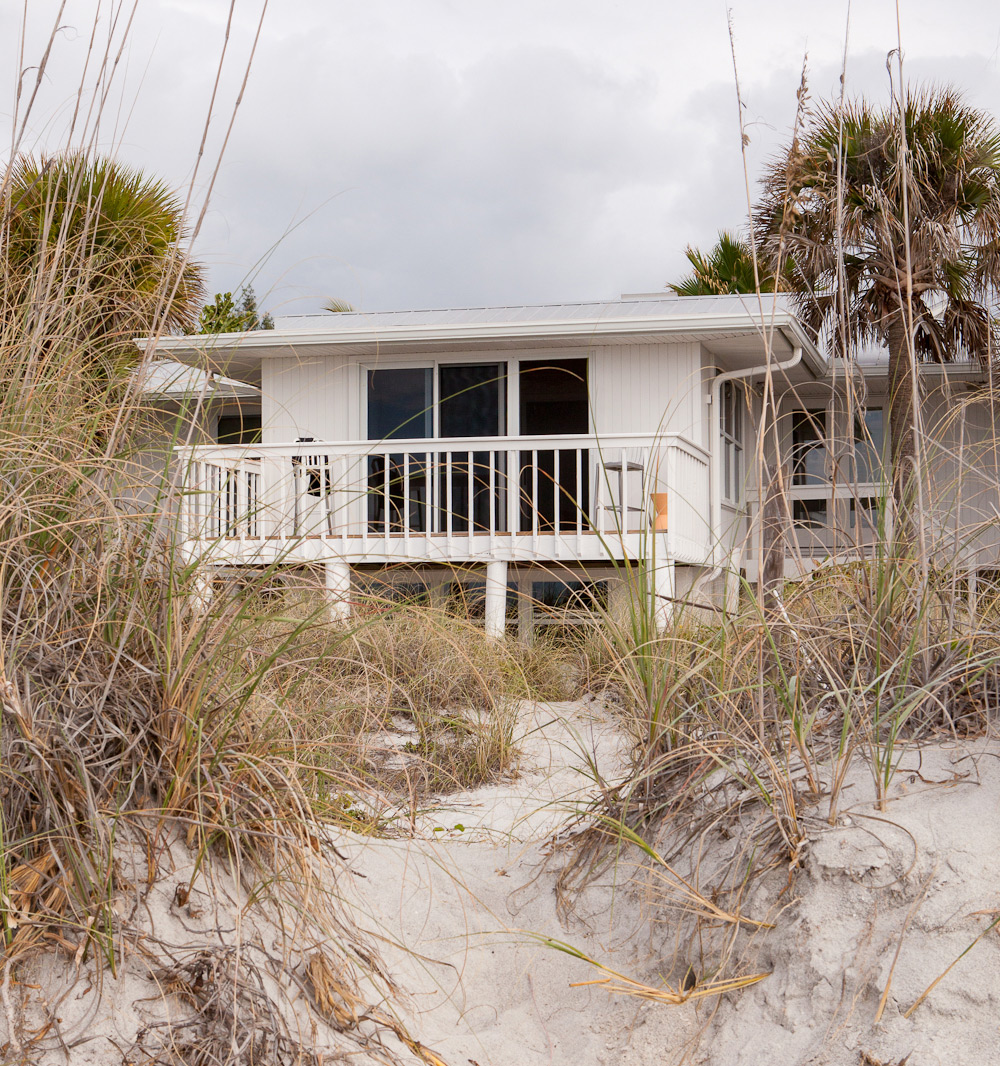
Rauschenberg’s beach house.
Rauschenberg’s work changed while sequestered in Captiva. It was there that he gathered cardboard boxes to create his Early Egyptian wall sculpture series, which he coated with sand from the beach. Rauschenberg also built a printing shop on his estate, to create screen-prints. Each house is lined with shelves that hold books on art, fashion, architecture, travel, film and more.
Even though it’s been eight years since Rauschenberg passed away, the artist’s legacy lives on in Captiva. Inspired by his time at Black Mountain College in North Carolina, Rauschenberg made sure that a foundation was created in his name to foster the work of artists and chefs (Rauschenberg was also a staunch foodie). Now, via residencies with the Rauschenberg Foundation, art and food practitioners can experience the place that so inspired Rauschenberg in the final decades of his life.
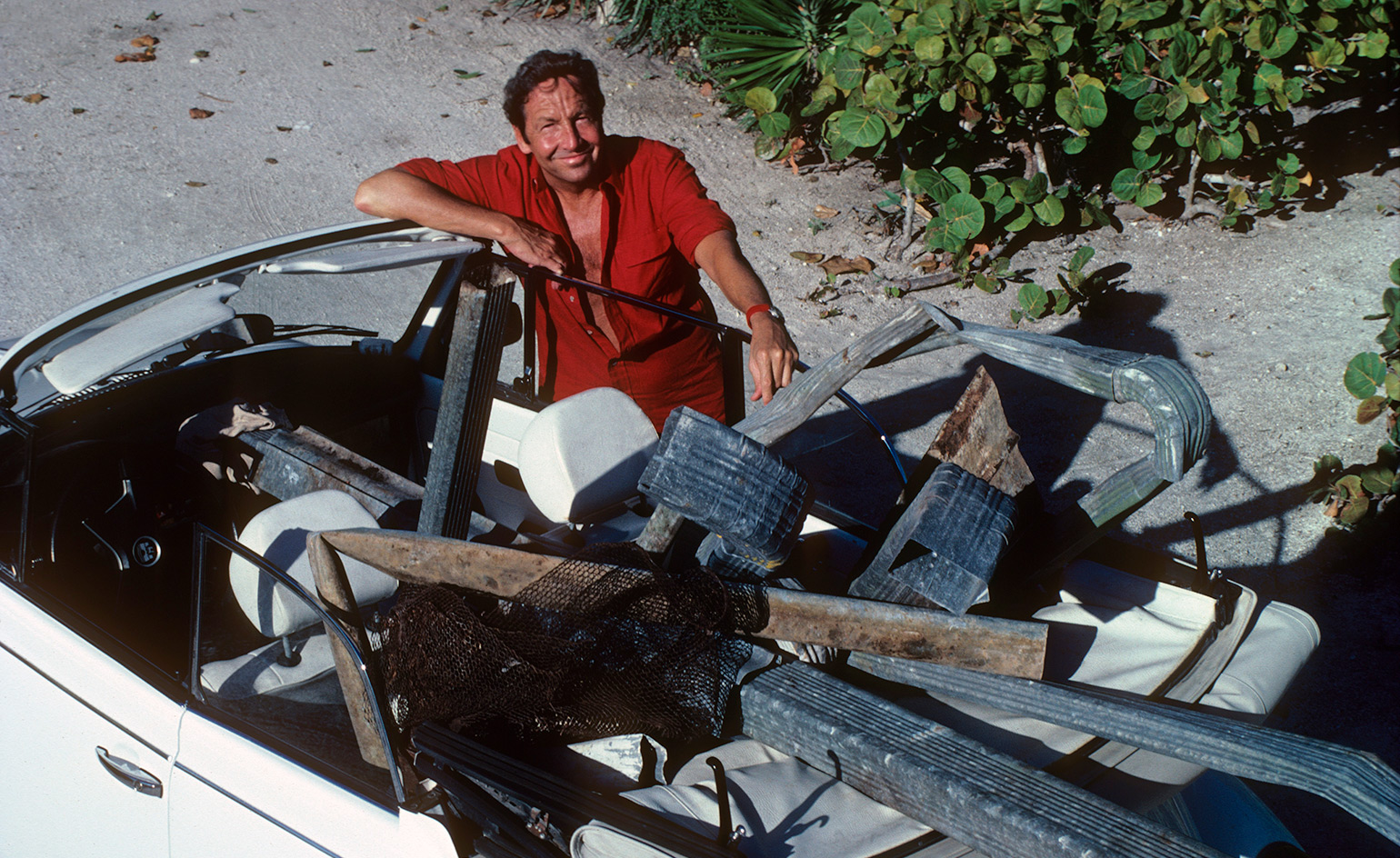
Rauschenberg in 1982, returning to his studio in his Volkswagen Bug convertible after a run to the Gulf Iron and Metal Junkyard, a source of materials for his Kabal American Zephyr series
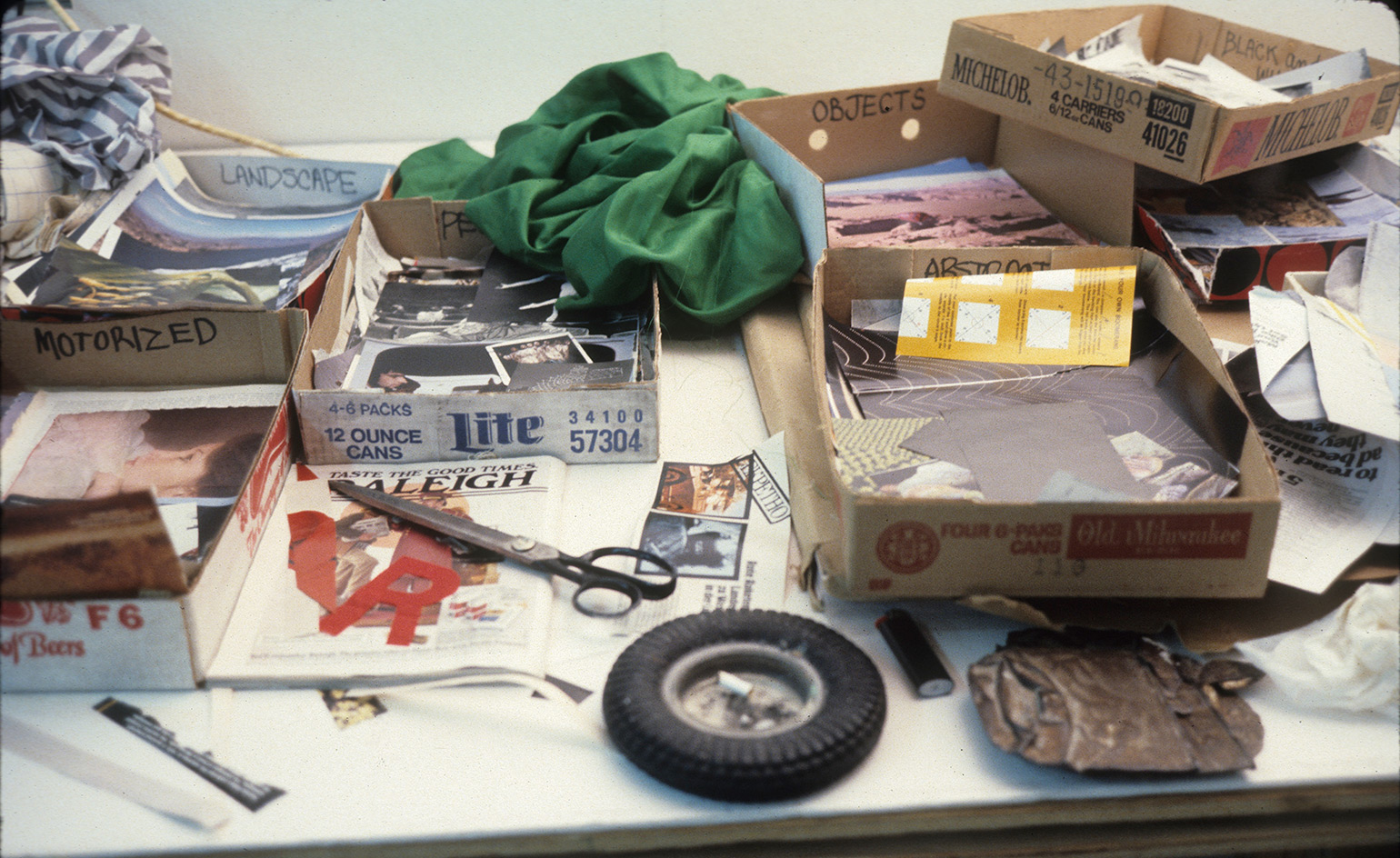
The artist’s collage materials sorted by imagery content, 1977
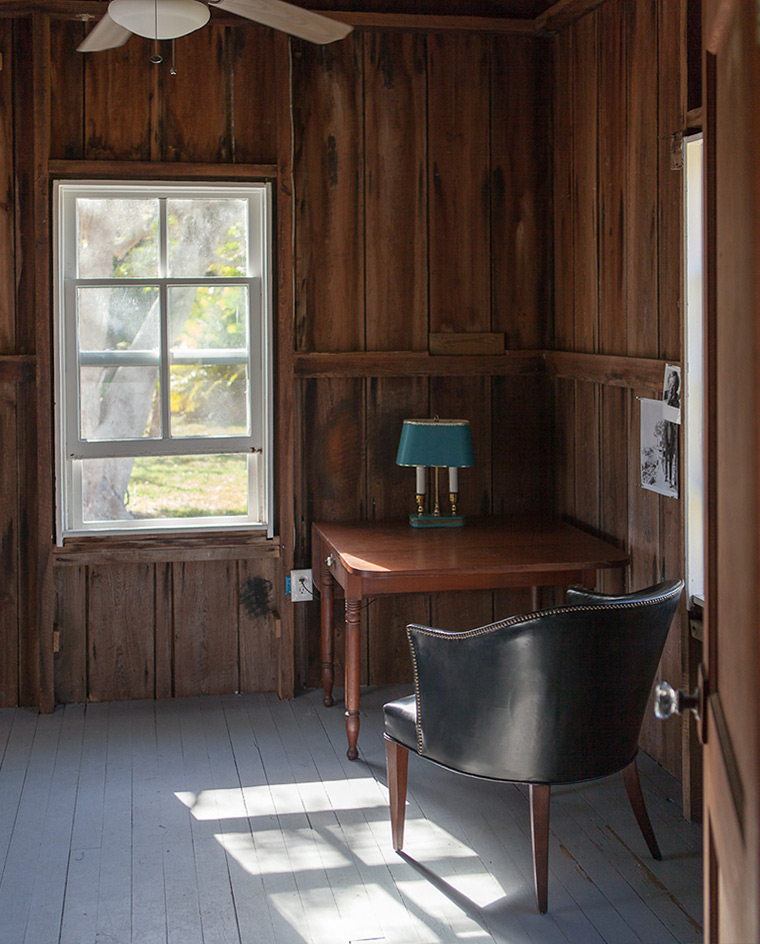
One of the propeties Rauschenberg purchased on Captiva was Waldo Cottage, a small Native American plantation worker’s home from the 1920s.
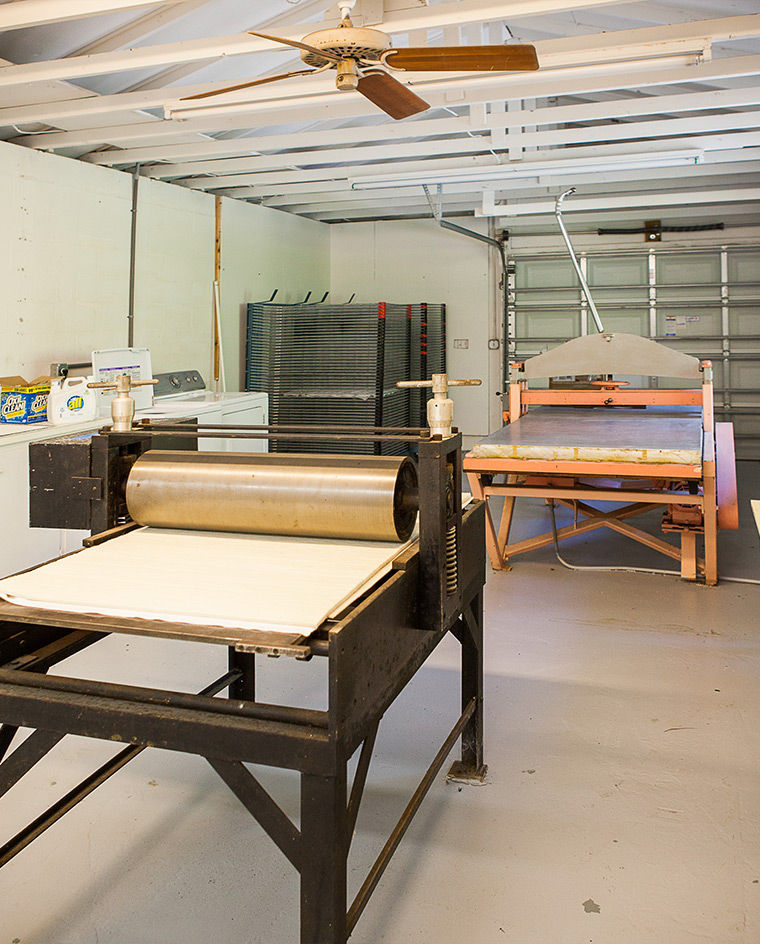
The print studio.
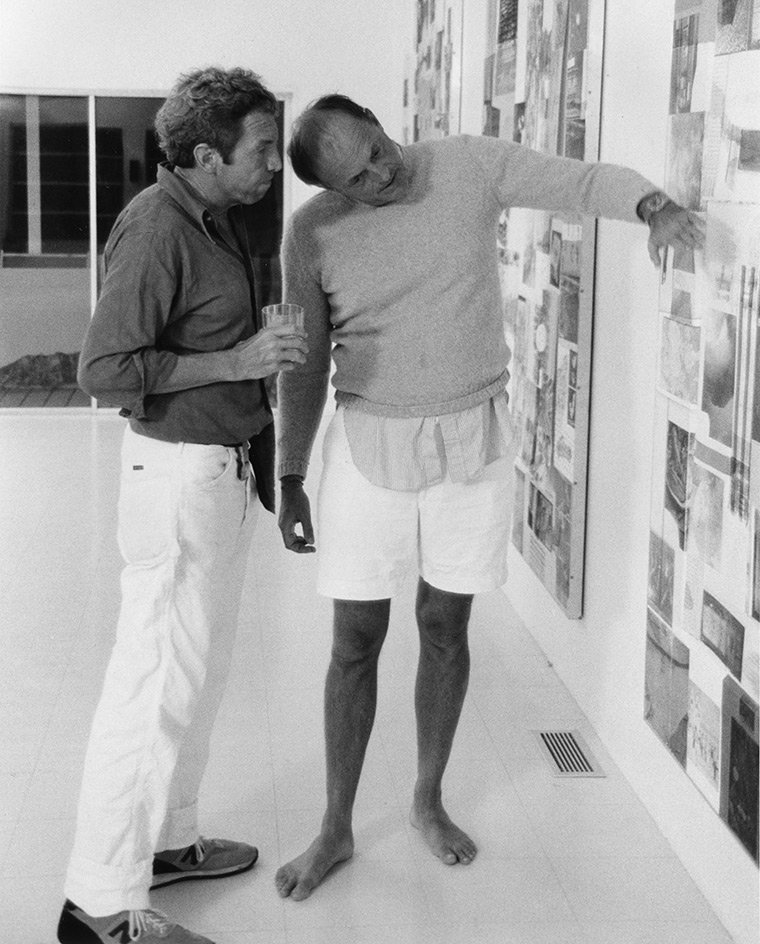
Rauschenberg and Cy Twombly discussing a painting in the former’s Laika Lane studio, 1980.
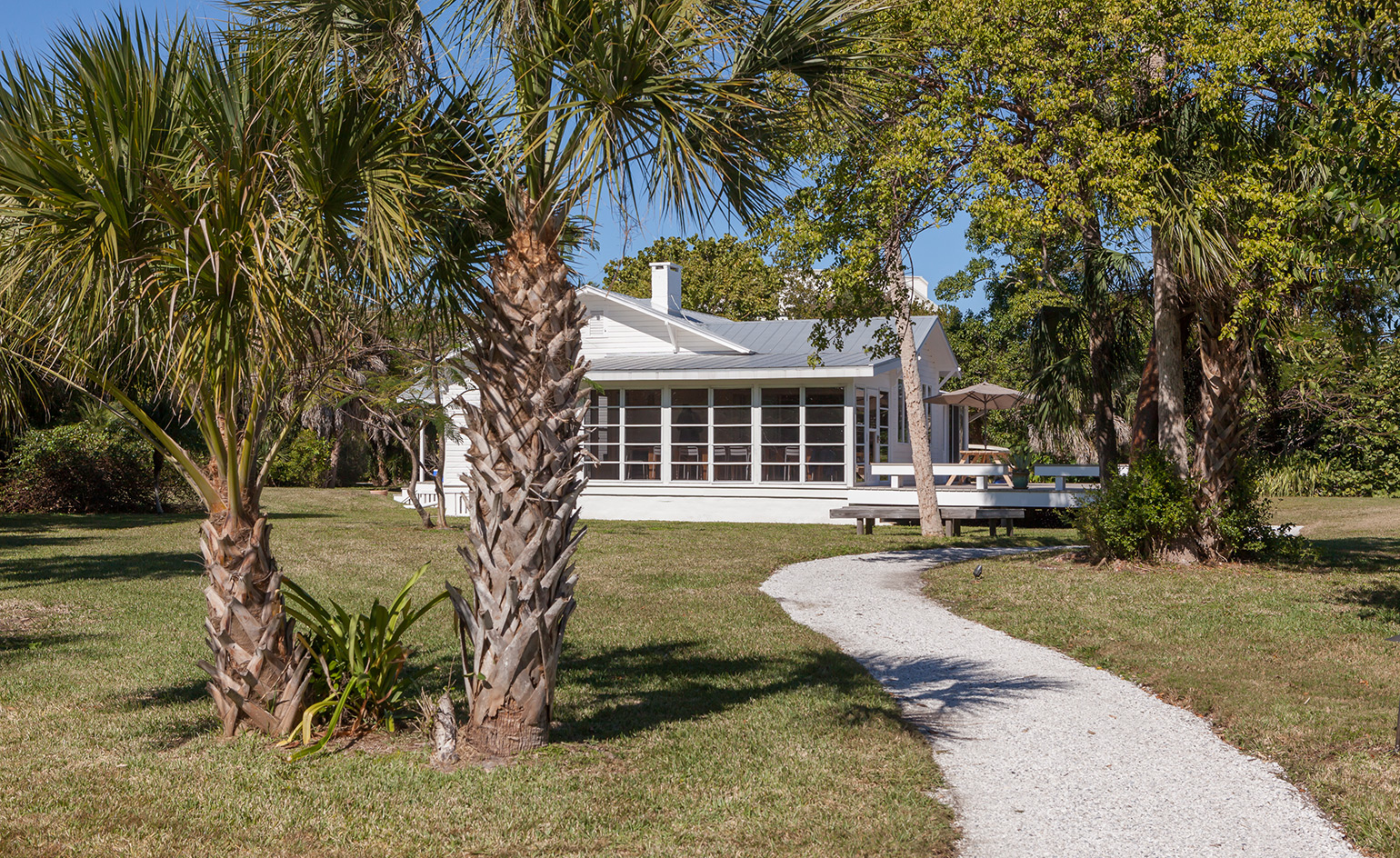
Weeks House is one of many communal spaces in the complex, now home to the Rauschenberg Foundation.
INFORMATION
For more information, visit the Rauschenberg Foundation website
Wallpaper* Newsletter
Receive our daily digest of inspiration, escapism and design stories from around the world direct to your inbox.
Ann Binlot is a Brooklyn-based freelance writer who covers art, fashion, design, architecture, food, and travel for publications like Wallpaper*, the Wall Street Journal, and Monocle. She is also editor-at-large at Document Journal and Family Style magazines.
-
 This new Vondom outdoor furniture is a breath of fresh air
This new Vondom outdoor furniture is a breath of fresh airDesigned by architect Jean-Marie Massaud, the ‘Pasadena’ collection takes elegance and comfort outdoors
By Simon Mills
-
 Eight designers to know from Rossana Orlandi Gallery’s Milan Design Week 2025 exhibition
Eight designers to know from Rossana Orlandi Gallery’s Milan Design Week 2025 exhibitionWallpaper’s highlights from the mega-exhibition at Rossana Orlandi Gallery include some of the most compelling names in design today
By Anna Solomon
-
 Nikos Koulis brings a cool wearability to high jewellery
Nikos Koulis brings a cool wearability to high jewelleryNikos Koulis experiments with unusual diamond cuts and modern materials in a new collection, ‘Wish’
By Hannah Silver
-
 We explore Franklin Israel’s lesser-known, progressive, deconstructivist architecture
We explore Franklin Israel’s lesser-known, progressive, deconstructivist architectureFranklin Israel, a progressive Californian architect whose life was cut short in 1996 at the age of 50, is celebrated in a new book that examines his work and legacy
By Michael Webb
-
 A new hilltop California home is rooted in the landscape and celebrates views of nature
A new hilltop California home is rooted in the landscape and celebrates views of natureWOJR's California home House of Horns is a meticulously planned modern villa that seeps into its surrounding landscape through a series of sculptural courtyards
By Jonathan Bell
-
 The Frick Collection's expansion by Selldorf Architects is both surgical and delicate
The Frick Collection's expansion by Selldorf Architects is both surgical and delicateThe New York cultural institution gets a $220 million glow-up
By Stephanie Murg
-
 Remembering architect David M Childs (1941-2025) and his New York skyline legacy
Remembering architect David M Childs (1941-2025) and his New York skyline legacyDavid M Childs, a former chairman of architectural powerhouse SOM, has passed away. We celebrate his professional achievements
By Jonathan Bell
-
 The upcoming Zaha Hadid Architects projects set to transform the horizon
The upcoming Zaha Hadid Architects projects set to transform the horizonA peek at Zaha Hadid Architects’ future projects, which will comprise some of the most innovative and intriguing structures in the world
By Anna Solomon
-
 Frank Lloyd Wright’s last house has finally been built – and you can stay there
Frank Lloyd Wright’s last house has finally been built – and you can stay thereFrank Lloyd Wright’s final residential commission, RiverRock, has come to life. But, constructed 66 years after his death, can it be considered a true ‘Wright’?
By Anna Solomon
-
 Heritage and conservation after the fires: what’s next for Los Angeles?
Heritage and conservation after the fires: what’s next for Los Angeles?In the second instalment of our 'Rebuilding LA' series, we explore a way forward for historical treasures under threat
By Mimi Zeiger
-
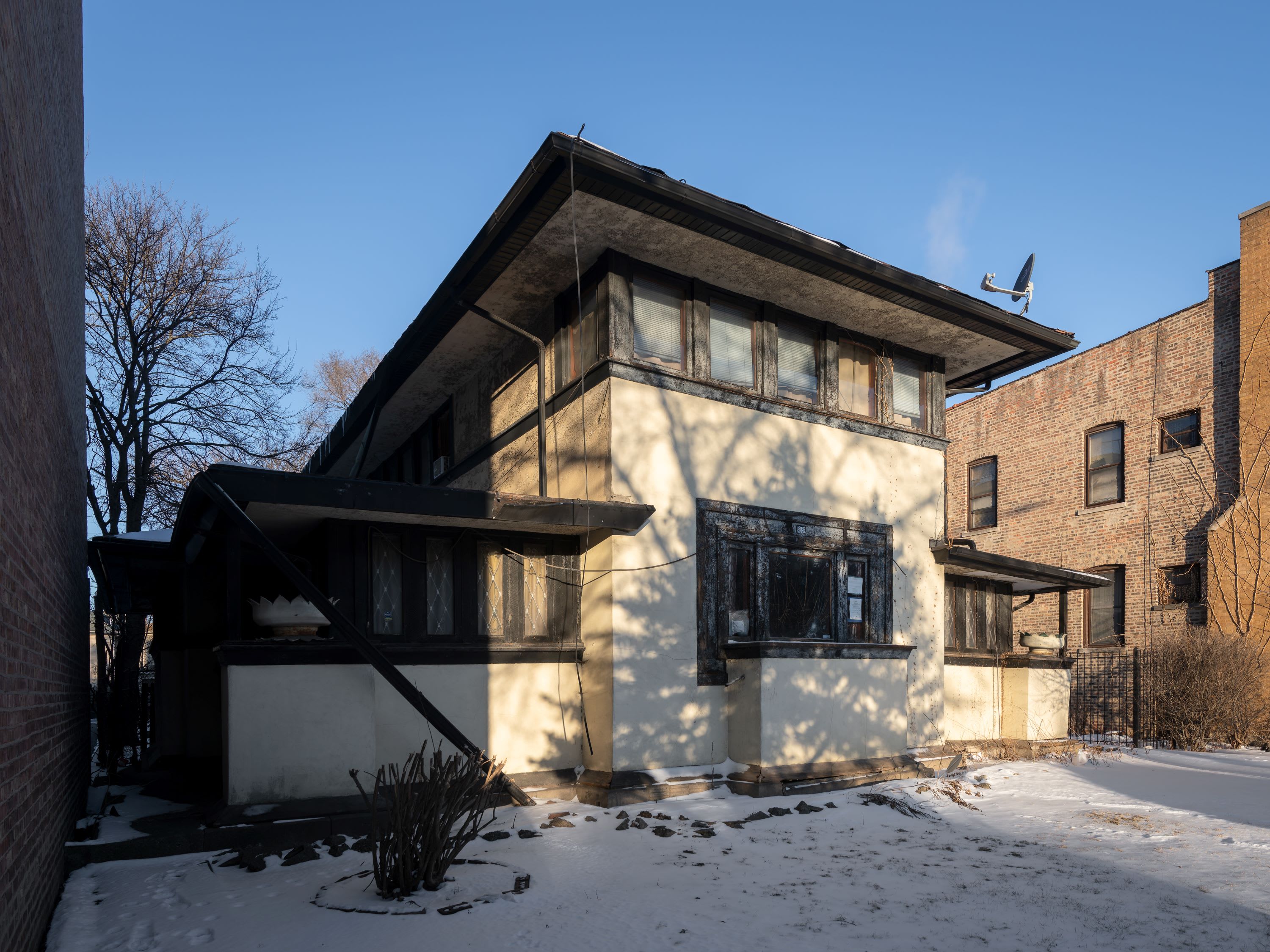 Why this rare Frank Lloyd Wright house is considered one of Chicago’s ‘most endangered’ buildings
Why this rare Frank Lloyd Wright house is considered one of Chicago’s ‘most endangered’ buildingsThe JJ Walser House has sat derelict for six years. But preservationists hope the building will have a vibrant second act
By Anna Fixsen